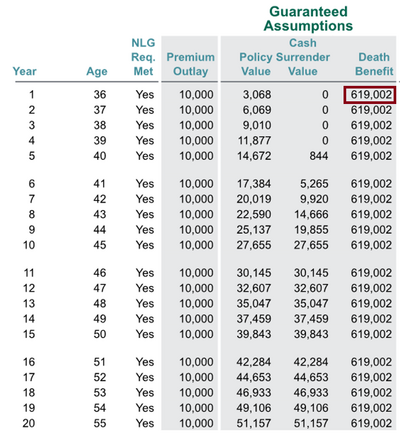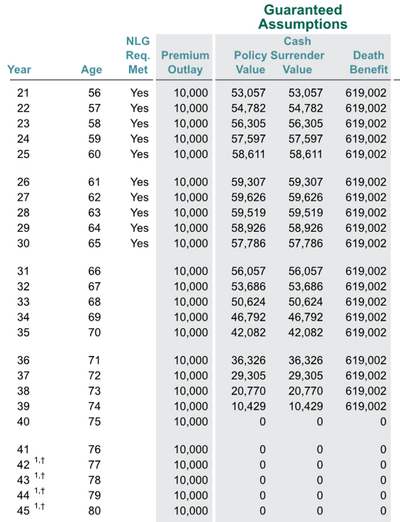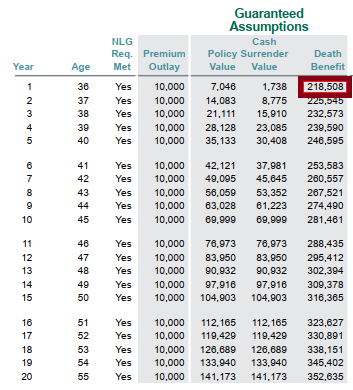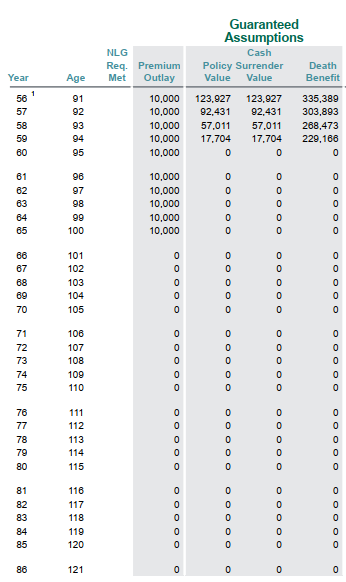Lloyds of Lubbock
Guru
- 714
He never said no medical.
I do find it a bit hard to believe that every ul he comes across is underfunded and the client would be better served with a replacement rather then just increasing the funding.
I do find it a bit hard to believe that every ul he comes across is underfunded and the client would be better served with a replacement rather then just increasing the funding.







